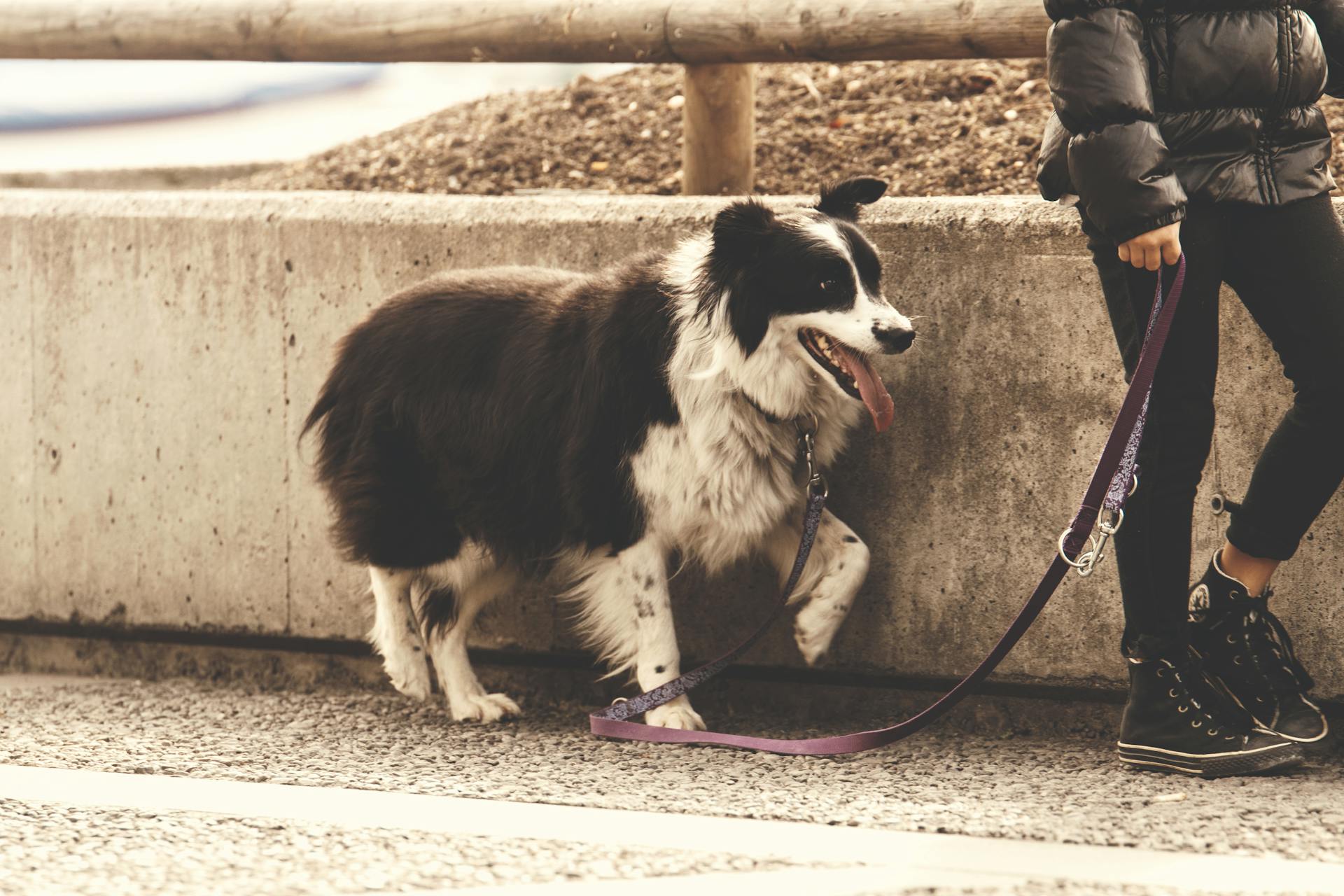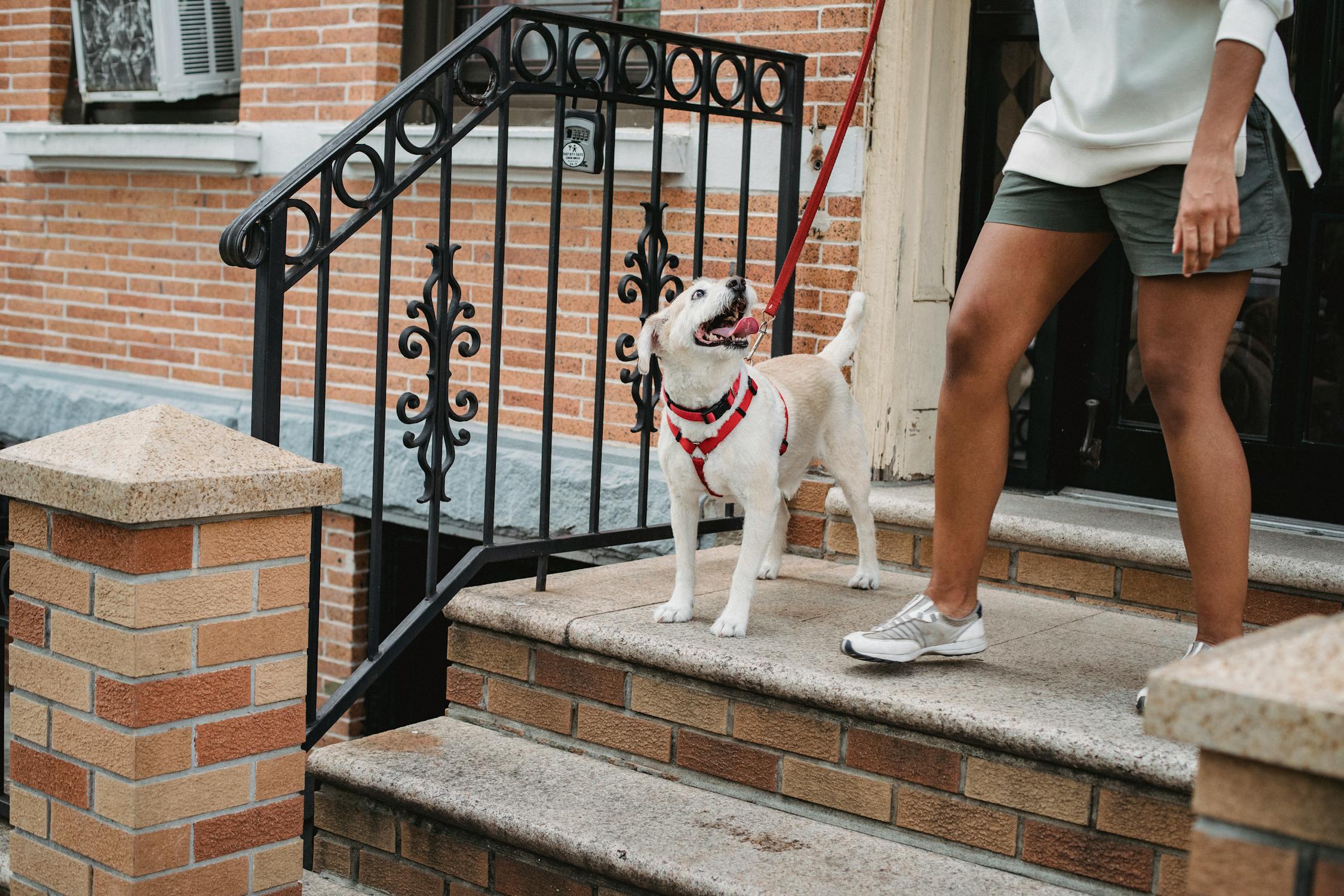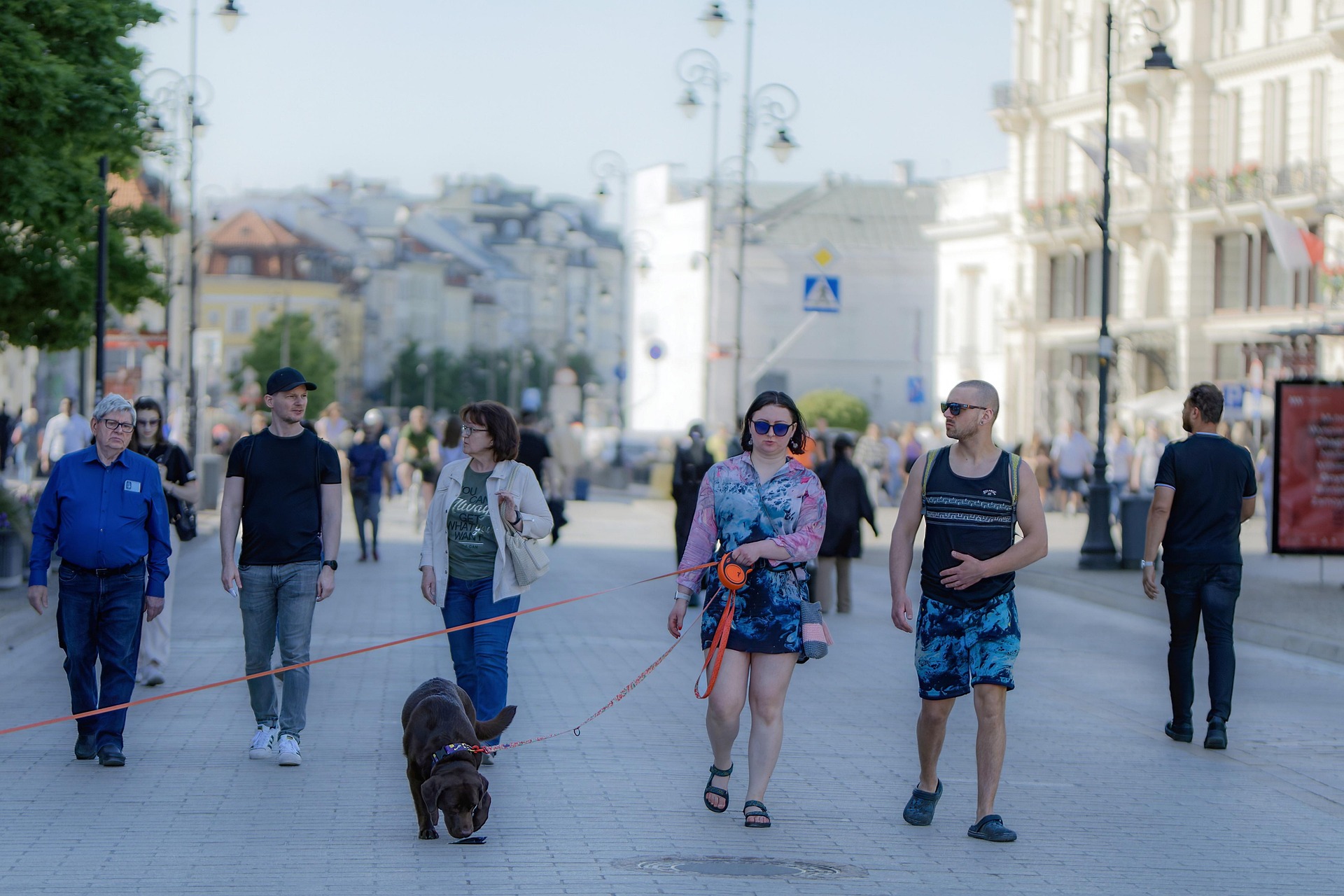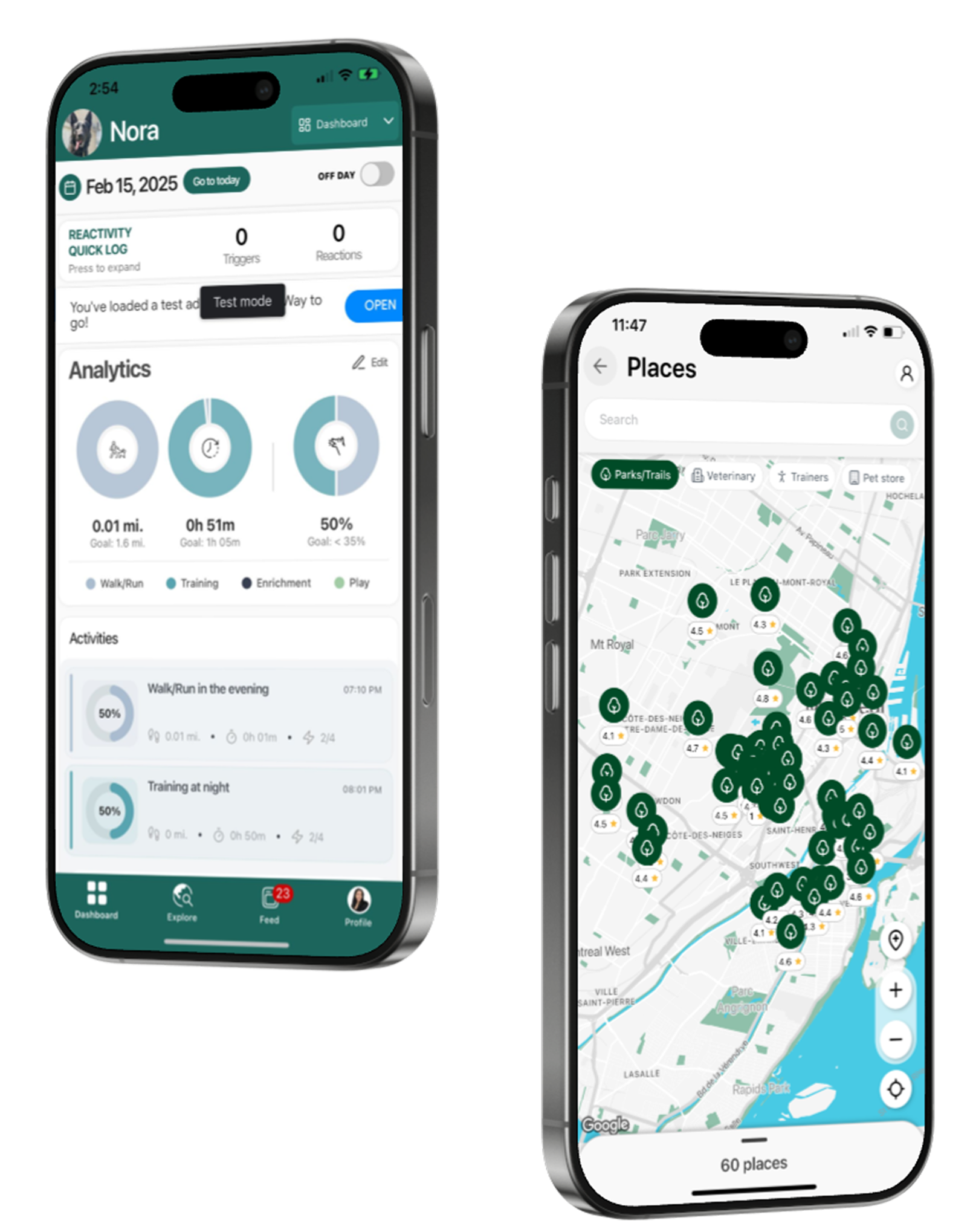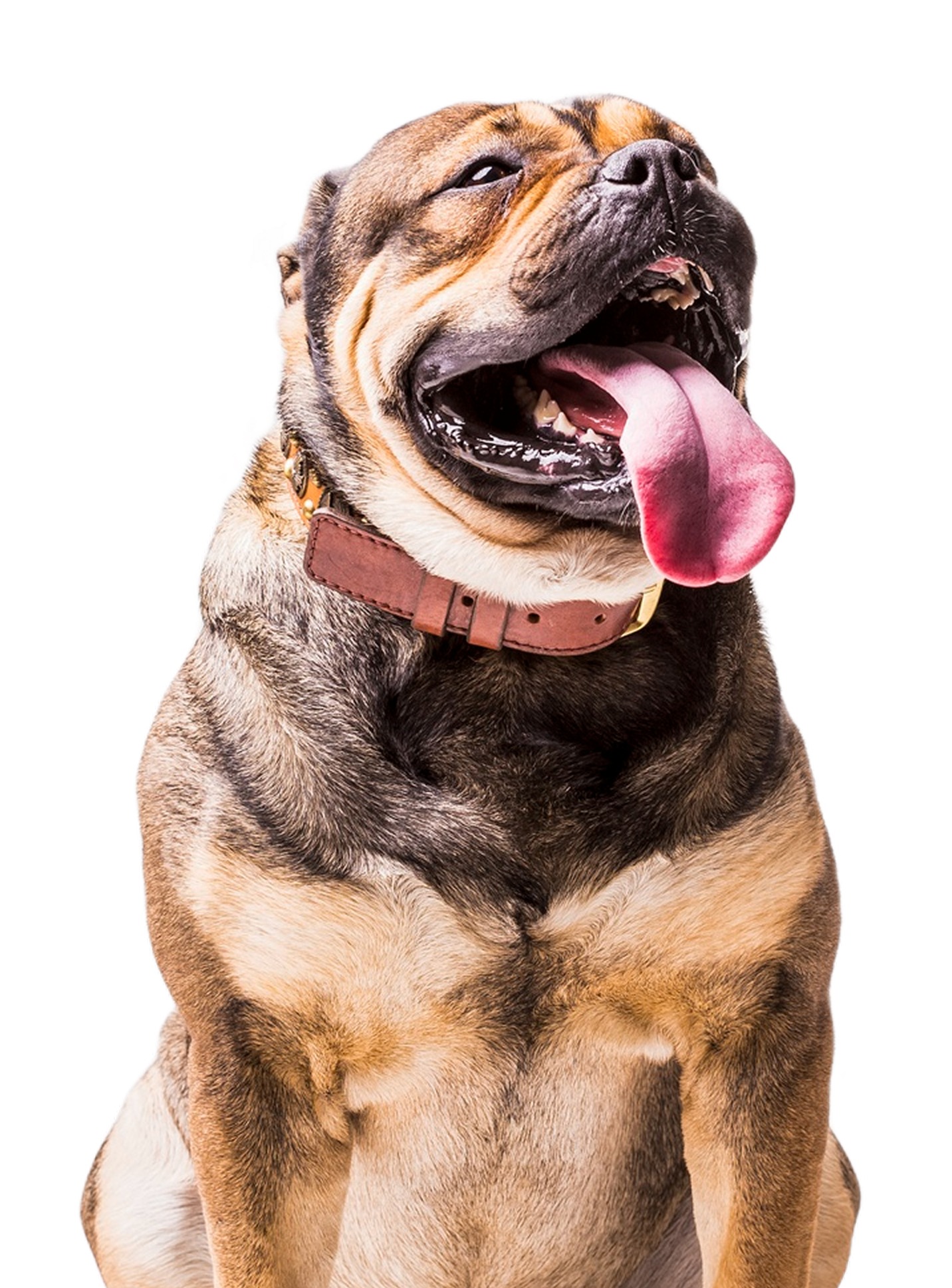Rest Days Are Training Too — Here’s Why
By Christelle S. • 2025-04-04

Rest Days Are Training Too — Here’s Why
As a dog owner, it’s easy to get caught up in the rush of daily training, walks, and socialization. We’re constantly looking for ways to improve our dogs’ behavior, especially if we have a reactive dog. Whether your dog is fearful, over-stimulated, or simply struggles to manage their emotions in certain situations, it can feel like you’re always in training mode.
But what if I told you that taking a break — a rest day — is just as important to your dog’s progress as a walk or training session? It’s easy to feel guilty for skipping a day of training, but rest days are actually a crucial part of your dog’s journey. This post is here to show you why rest days are not a sign of slacking, but an intentional strategy to help your dog manage stress, avoid over-arousal, and ultimately become more confident and balanced.
The Importance of Rest for Reactive Dogs
Reactive dogs have a heightened emotional state in response to specific triggers. These could be other dogs, people, cars, or even certain sounds. The adrenaline rush that comes with these reactions can take a serious toll on your dog’s nervous system. Just like people who experience stress or anxiety, dogs need time to recover. Without proper rest, they become more prone to frustration, anxiety, and even burnout.
A reactive dog’s brain works overtime to process stimuli, and that can be mentally exhausting. While you might think that pushing through with more training or socialization is the key, in reality, overexposure to triggers without allowing your dog to recharge only increases the likelihood of negative reactions. This is why rest days play such a vital role in your dog’s training plan.
Understanding Trigger Stacking
One of the main reasons rest is essential is due to a phenomenon called trigger stacking. This is when a dog is exposed to multiple triggers in a short period, building up a heightened state of stress or arousal. It’s a lot like how we feel when we’ve had a tough day at work — one stressful event piles on top of another until we finally hit our breaking point.
For reactive dogs, every encounter with a trigger adds another layer of stress. If your dog is continuously exposed to stressful situations without breaks, this can result in trigger stacking. When this happens, it becomes harder for your dog to process new information or respond calmly. Instead, they’re likely to react more strongly, and that’s when things can feel like they’re spiraling out of control.
This is where the power of a rest day comes into play. Allowing your dog to relax and recuperate helps them process the experiences they’ve had without constantly adding more pressure. By giving them this time, you’re setting the foundation for more successful training sessions in the future.
The Science Behind Rest and Recovery
It might seem counterintuitive, but rest is essential for neuroplasticity — the brain’s ability to adapt, change, and form new connections. When a dog is exposed to training or stimuli, their brain processes the information and creates new pathways. But just like how muscles need rest to grow after a workout, the brain needs time to “recover” after a period of intense activity.
For reactive dogs, a restful day allows their brain to process the information they’ve already absorbed, consolidating the lessons learned during previous training sessions. Without rest, your dog’s nervous system remains in a heightened state, making it more difficult to learn new behaviors or cope with future triggers.
Signs Your Dog Might Need a Rest Day
It can be tough to know when your dog needs a rest day, but there are a few key signs to look out for. If your dog is exhibiting any of the following behaviors, it might be time to give them a break:
-
Increased Reactivity: If your dog is reacting more than usual to stimuli, they might be overstimulated and need time to calm down.
-
Exhaustion: While some dogs can go all day with energy to spare, if your dog is dragging their feet, avoiding play, or showing signs of physical fatigue, it’s likely a sign they need rest.
-
Reluctance to Train or Walk: If your dog is starting to refuse training sessions or walks, they might be telling you they’re mentally or physically tapped out.
-
Disinterest in Socializing: Reactive dogs may become more withdrawn if they’re overwhelmed. If they’re seeking solitude or refusing to engage with you, it’s time to slow things down.
-
More Aggressive or Fearful Responses: A dog that’s normally calm but becomes more aggressive or fearful may be experiencing stress overload, signaling the need for a break.
What Does a Rest Day Look Like?
Rest days don’t mean your dog is stuck inside doing absolutely nothing. It’s about giving them time to recharge without adding additional stress. Here are some ideas for what a rest day might look like for your dog:
-
Quiet Time: Allow your dog to spend time in a calm environment, free from distractions and triggers. Create a safe, quiet space where they can relax, nap, or simply unwind.
-
Mental Stimulation (Low-Key): You don’t have to completely abandon mental exercises. Instead of high-energy training or exposure to triggers, try low-stress activities like puzzle toys, scent work, or gentle training sessions that don’t push your dog’s limits.
-
Gentle, Short Walks: If your dog is up for it, consider a very short walk to a quiet area, free of triggers. Keep it calm and easy — the goal is to keep your dog from overexerting themselves, not to add more stress.
-
Snuggle Time: For some dogs, simply hanging out with you and enjoying quiet time together can be incredibly soothing. If your dog enjoys cuddles, take the time to bond without the pressure of training or walking.
-
Limit Exposure to Triggers: A rest day is about avoiding stress, so try to keep your dog away from their usual triggers. This could mean avoiding busy areas, other dogs, or any situations that cause your dog to react.
Balancing Training and Rest
As reactive dog owners, we often feel pressure to constantly train or socialize our dogs to help them improve. While it’s true that training and exposure are key to helping your dog manage their reactivity, rest is just as important. The key is balance.
Training should be done in short, manageable sessions with plenty of breaks in between. In fact, training should be structured so that each session is followed by adequate rest and downtime. If you push your dog too hard without giving them the opportunity to recover, it can lead to burnout, regression, or worse — reinforcing negative behaviors.
A balance of training, rest, and gradual exposure to triggers will ensure that your dog is learning in a healthy, sustainable way. And this balance can vary depending on your dog’s unique needs, temperament, and progress.
When Rest Days Are Especially Important
Rest days are particularly crucial during certain phases of training or when your dog is going through a particularly stressful period. Here are some scenarios where rest days should be prioritized:
-
After a Training Session: A training session, especially one that involves new or difficult tasks, can be mentally taxing for your dog. Afterward, a rest day will help consolidate what they’ve learned.
-
After a Triggering Event: If your dog has encountered something particularly triggering — a loud noise, an aggressive dog, or an uncomfortable social situation — a day off can help them recover emotionally and mentally.
-
During High-Stress Times: If your dog is dealing with extra stress, whether due to a change in environment, new people, or even a move, rest days will help them adjust without becoming overwhelmed.
The Bottom Line: Rest Is Progress
As dog owners, we’re often so focused on training, walks, and socializing that we forget how important rest is for our dogs. But if we’re truly committed to their well-being, we need to recognize that rest is progress. A well-rested dog is more capable of learning, processing, and adapting to new situations. Rest days are an integral part of the training process, not an optional “break” from it.
By giving your dog the time they need to recharge, you’re helping them become a calmer, more balanced version of themselves. And that’s something worth celebrating.
So the next time you feel guilty about taking a rest day, remember: you’re not being lazy. You’re being strategic. Your dog is not falling behind; they’re simply recharging for the next step in their journey.
Conclusion:
Rest days are often overlooked in the training world, but they’re just as important as any walk or training session. For reactive dogs, a break from triggers and stimulation gives them the opportunity to reset and recover. By prioritizing rest, you’re helping your dog build a strong foundation for long-term success. So embrace the power of rest — your dog will thank you for it.

